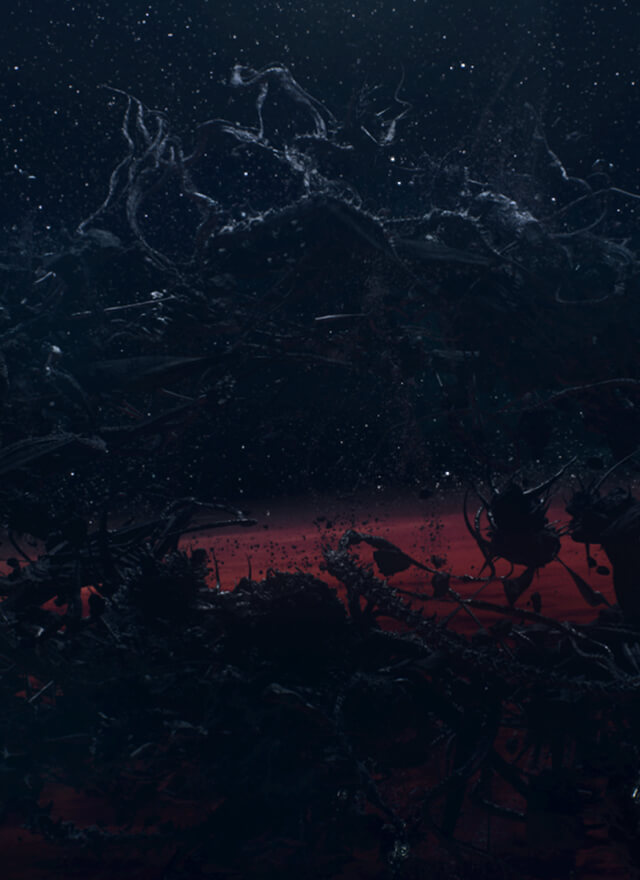
↪︎The novel has a detailed description of the state of the Solar System around the time of Theseus’ launch. So we started off by trying to recreate the complete chronology of these events in a visualisation—from the discovery of the Burns-Caulfield object to the abrupt change in course Theseus made in order to fly to the Oort cloud region, instead of the planned destination of Kuiper Belt.
↪︎It wouldn’t have been hard sci-fi if we had just drawn the orbits and sprinkled a few asteroids throughout at random. So instead we took the actual planets’ trajectories and wound the whole system up to the year 2082.
We did the same for all the asteroids (found their exact locations and their orbits in the IAU database) and then calculated where that would place them at the time the book’s story starts.
↪︎Here’s the whole new vis of events in the Solar System. The funny thing here is that all the asteroids are real ones. I took the orbits data from the International Astronomical Union (IAU) site and spent some time finding their positions in the year 2082. Probably the geekiest project I`ve ever made =)
↪︎Honestly, I don't know what to say. These are such gorgeous renderings—and that tactical animation of the various "waves" is the cherry on top. This is the kind of thing you'd expect to see in a big-budget SF movie.

↪︎This visualization was initially meant to show the Rorschach’s unmasking as a result of the probes sent off Theseus. Instead, it became the basis for a more complicated shot, in which Sarasti is “working his magic” on the telemetric data currents and slowly extrapolating rorschach's topology from the statistical anomalies.

↪︎The book’s characters are all very much post-human - various modifications and implants let them operate with much higher volumes of information than those accessible to a regular person. We considered this when designing the interfaces, making the information density higher than would be comfortable for a typical human. And in Sarasti’s case, the UI could go into hyperdrive - his capabilities of perception and pattern recognition justified any level of complexity. Four-dimensional objects as a system of data visualisation and manipulation - why not?

↪︎The spacesuits’ interface was the complete opposite. No human would want to be distracted by complex constellations of data when exploring an alien spaceship full of unknown dangers.
We modeled them off modern military interfaces, updated for the 2080s. Minimum “frills”, maximum functionality. The dark red color is less distracting and disruptive to night vision. Add to that exact target tracking and a space adaptation map with no “up” or “down”.





-
Number of people involved:3
-
Hours Spent:315









